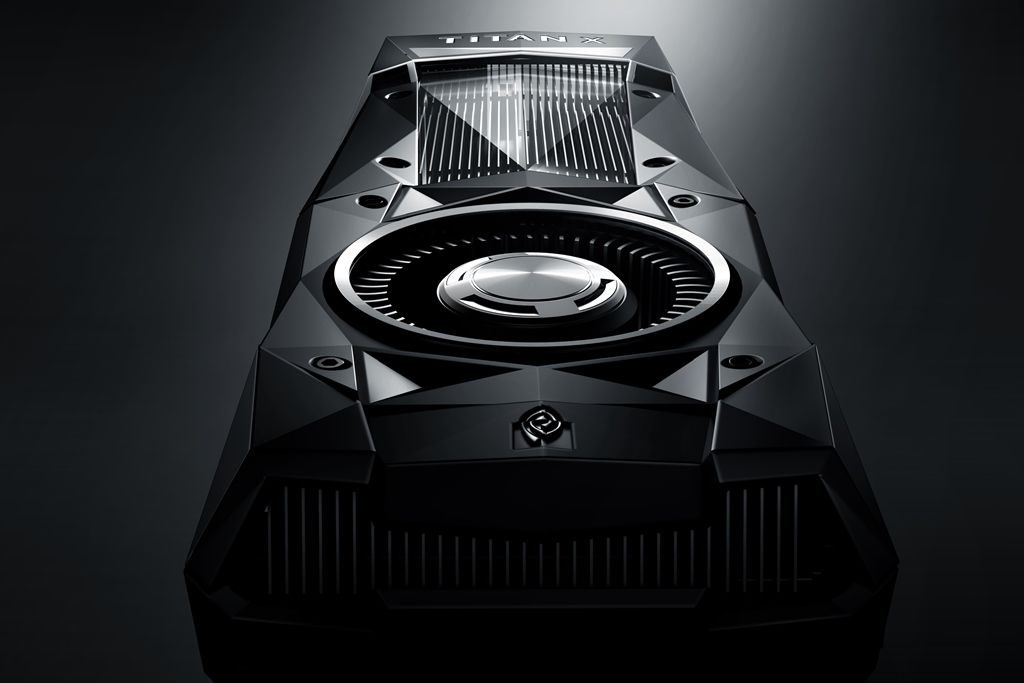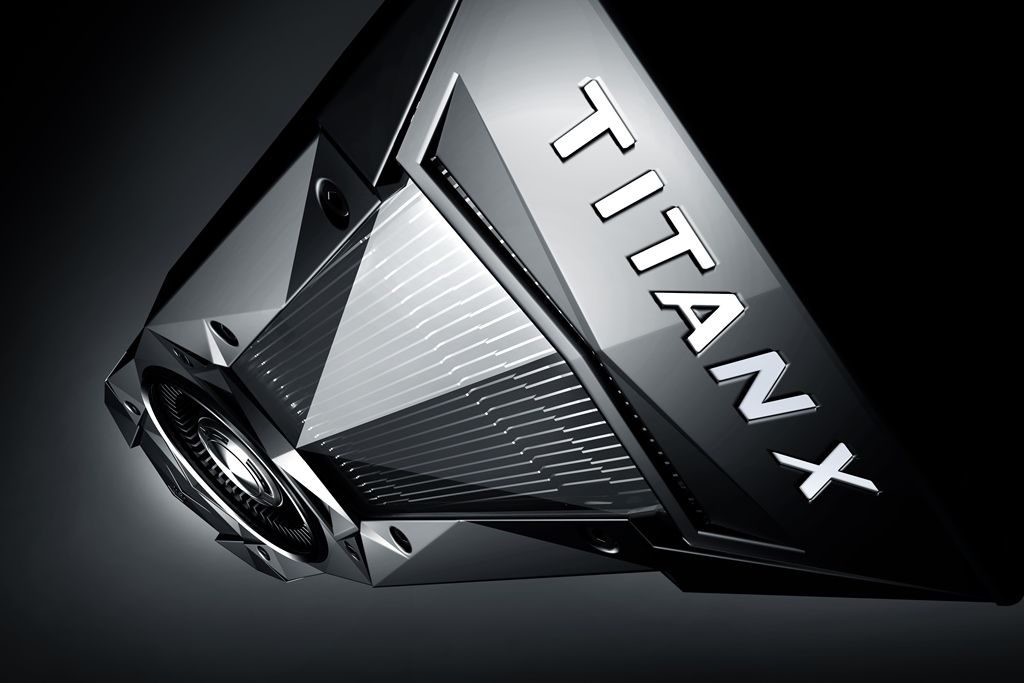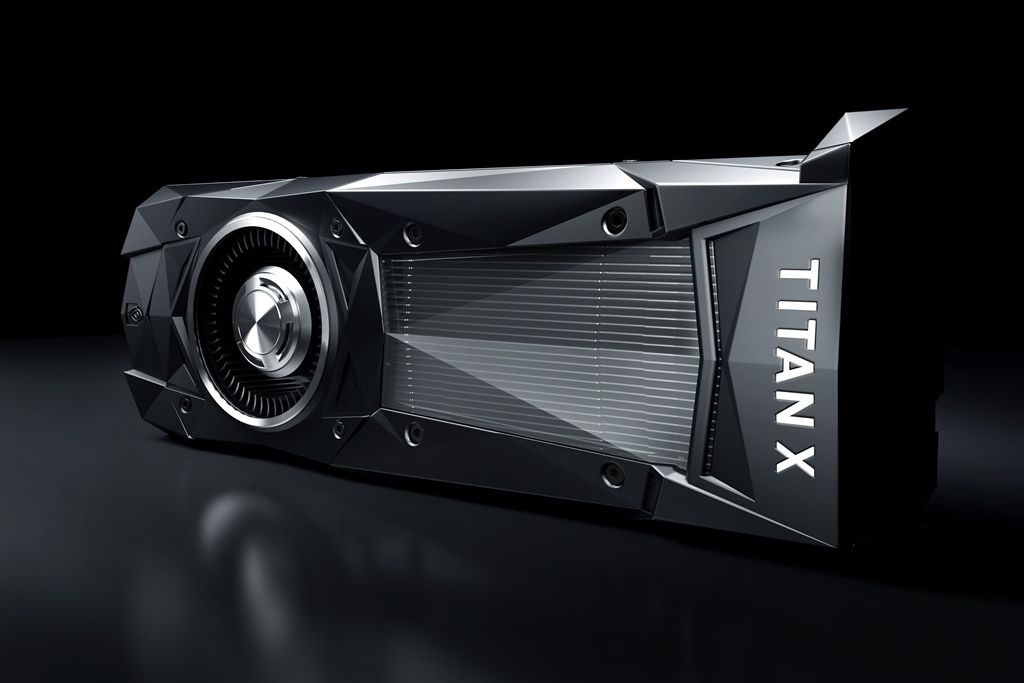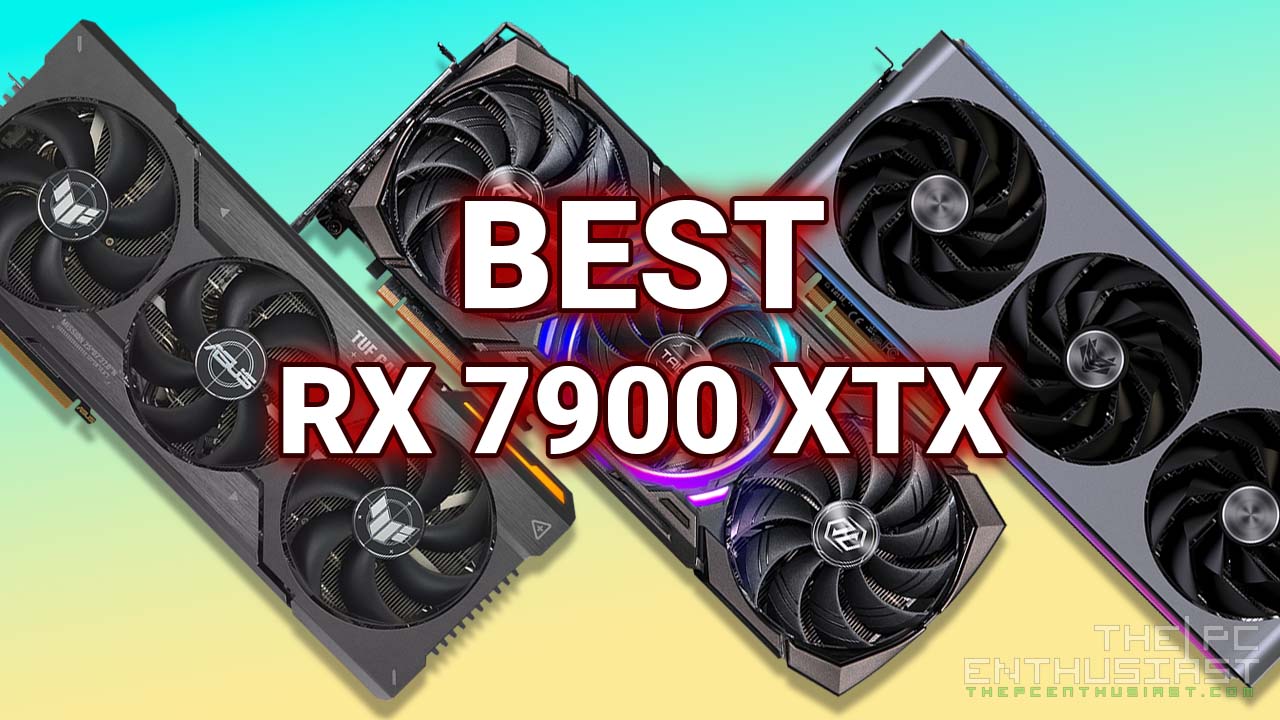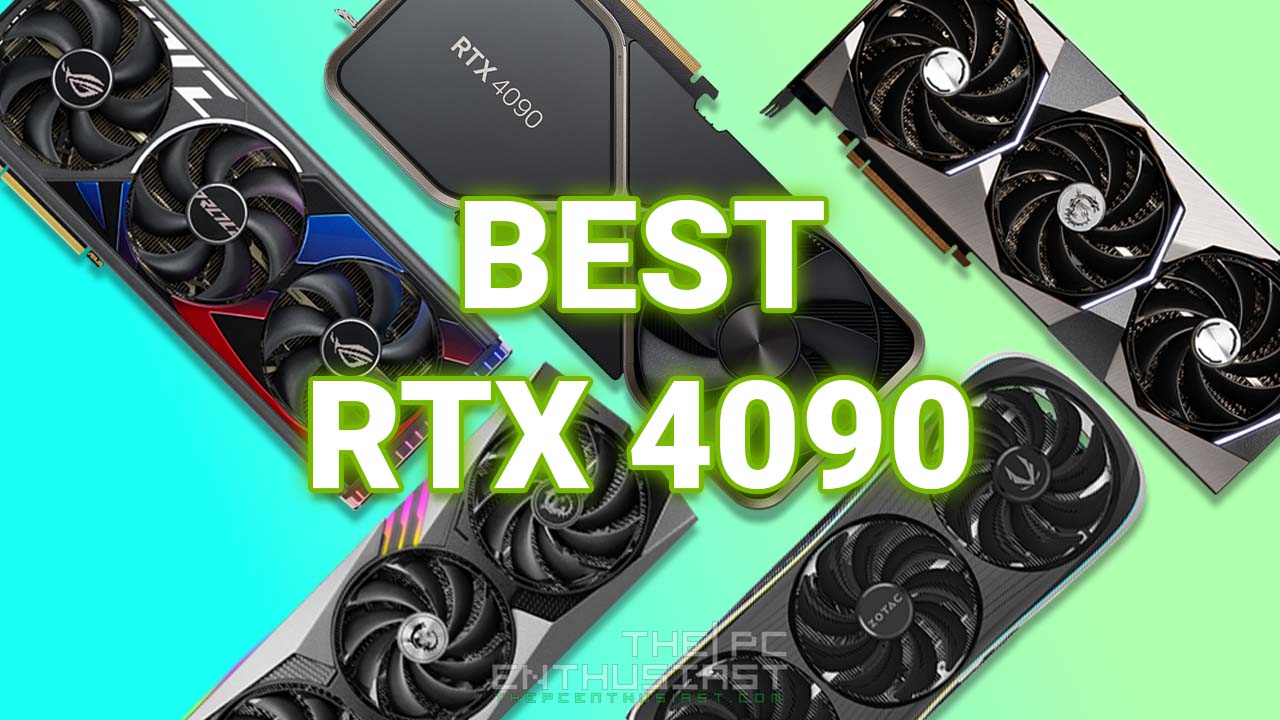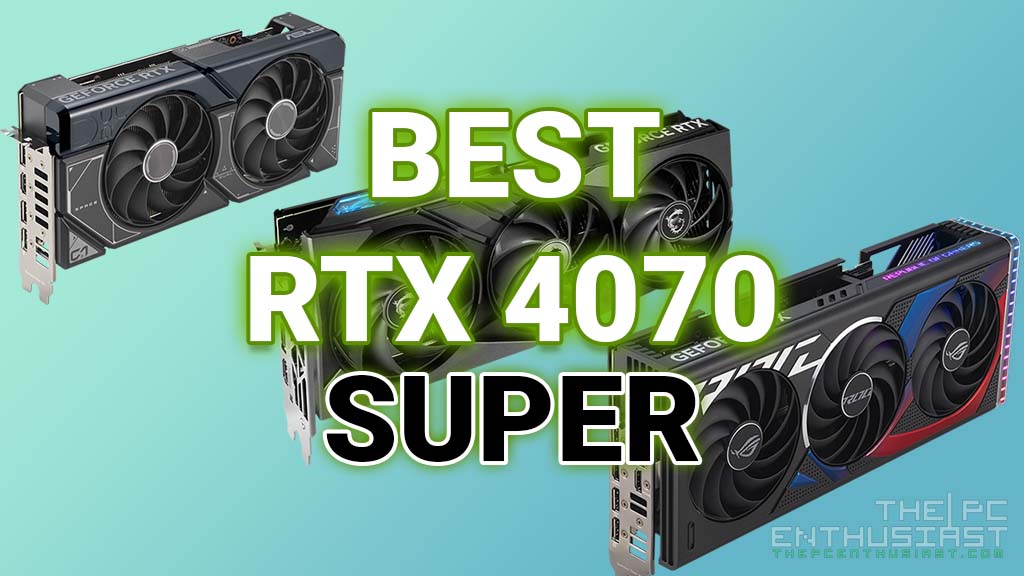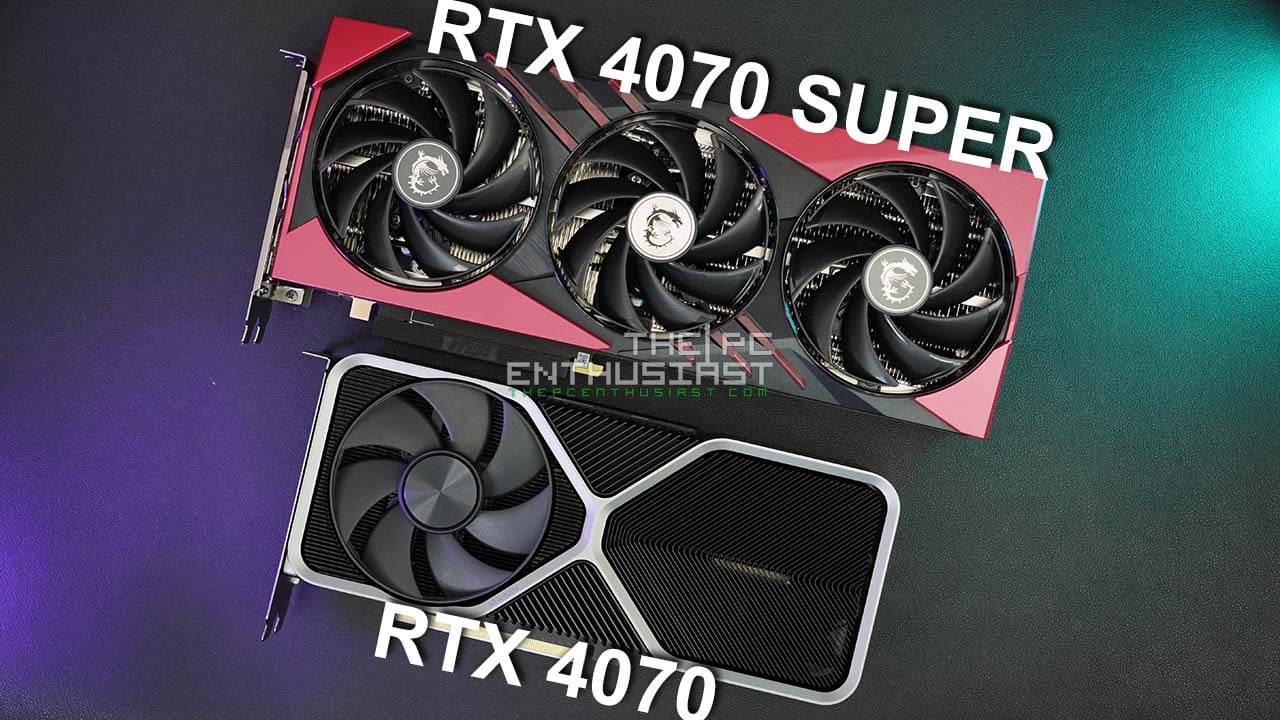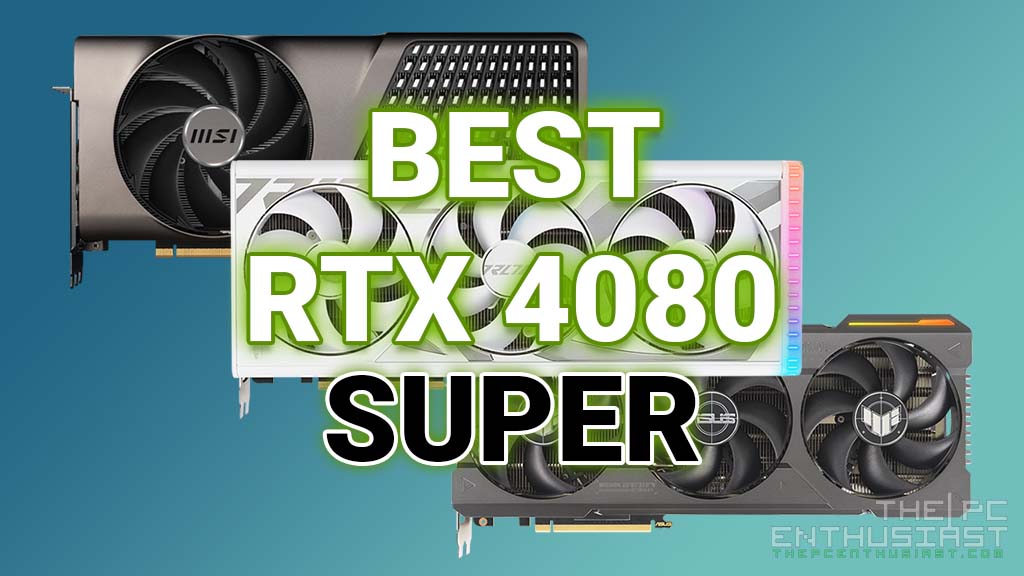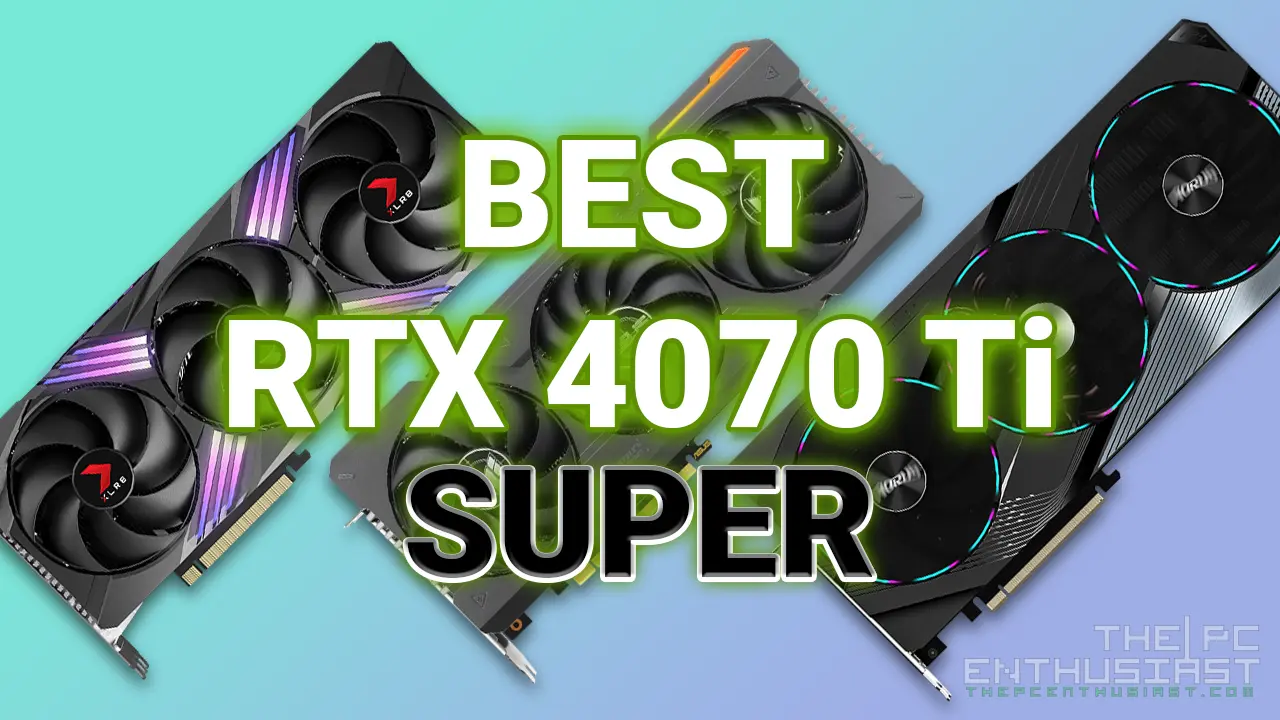Well that was surprisingly pretty fast. NVIDIA recently announced the new NVIDIA TITAN X graphics card based on the new Pascal architecture. The new TITAN X is not to be confused with the previous TITAN X released last year since its predecessor was based on the previous Maxwell architecture. The new TITAN X boasts 3584 CUDA Cores, 11 TFLOPS of compute performance, 12GB GDDR5X and a whopping $1200 price tag. The said card will become available on August 2. For those who have bought the GTX 1080, well it’s no longer the fastest graphics card and it was quickly dethroned in a matter of 2 months. We knew something faster is coming and we knew that there will be a 1080Ti or TITAN Pascal soon; but definitely not this soon. More details about the TITAN X Pascal below.
NVIDIA TITAN X (Pascal) – The Ultimate Graphics Card
Okay, NVIDIA decided to call their latest TITAN, TITAN X, the same name given to their Maxwell-based flagship graphics card last year. Why not TITAN P instead for Pascal? I don’t know, better ask Jen-Hsun about that. Besides, TITAN P doesn’t sound like “The Ultimate” graphics card.
The NVIDIA TITAN X is powered by a 16nm FinFET GP102 GPU based on Pascal architecture. It features 3584 CUDA cores, 12 billion transistors and 11 TFLOPS of 32-bit floating point compute performance. Its core has a base clock speed of 1417MHz and a boost clock of 1531MHz. The TITAN X Pascal is said to be 60% faster than the TITAN X Maxwell.
In terms of graphics memory, it doesn’t feature the latest HBM2, instead it features 12GB of GDDR5X same type of memory used in the GTX 1080. The memory is clocked at 1250 MHz, with 10GHz effective clock speed, 480GB/s bandwidth and runs on a 384-bit memory interface.
If NVIDIA released the new TITAN X this soon, I wouldn’t be surprised why they didn’t used HBM2 since the new memory isn’t readily available at this point in time. This could also mean that the GTX 1080 Ti won’t be featuring HBM2 as well.
The TITAN X features a Thermal Design Power or TDP of 250W and draws its power from a 6-pin + 8-pin configuration. Like the GTX 1080 and GTX 1070, it also supports SLI and the new High Bandwidth (HB) SLI bridges. It’s also noticeable that the TITAN X Pascal is using the Founders Edition cooler shroud design with an all-black finish.
The TITAN graphics cards aren’t generally targeted towards PC gamers. Instead these cards are usually marketed for developers. So expect there will be something new for us PC gamers, and that could be the GeForce GTX 1080 Ti.
NVIDIA TITAN X Pascal Specifications
| Specs | TITAN X Pascal | TITAN X Maxwell | GTX 1080 | GTX 1070 | GTX 1060 |
|---|---|---|---|---|---|
| GPU | 16nm FinFET GP102 | 28nm GM200-400 | 16nm GP104-400 | 16nm GP104-200 | 16nm GP106-400 |
| Transistors | 12 Billion | 8 Billion | 7.2 Billion | 7.2 Billion | 4.4 Billions |
| TMUs | 224 | 192 | 160 | 120 | 80 |
| ROPs | 96 | 96 | 64 | 64 | 48 |
| CUDA Cores | 3584 | 3072 | 2560 | 1920 | 1280 |
| Base Clock | 1417 MHz | 1000 MHz | 1607 MHz | 1506 MHz | 1506 MHz |
| Boost Clock | 1531 MHz | 1089 MHz | 1733 MHz | 1683 MHz | 1708 MHz |
| Max F32 Compute Performance | 11 TFLOPs | 6.69 TFLOPs | 8.2 TFLOPs | 5.7 TFLOPs | 3.9 TFLOPs |
| Memory Speed | 10 Gbps | 7 Gbps | 10 Gbps | 8.0 Gbps | 8.0 Gbps |
| Standard Memory Config | 12 GB GDDR5X | 12 GB GDDR5 | 8 GB GDDR5X | 8 GB GDDR5 | 6 GB GDDR5 |
| Memory Interface Width | 384-bit | 384-bit | 256-bit | 256-bit | 192-bit |
| Memory Bandwidth | 480 GB/s | 336.5 GB/s | 320 GB/s | 256 GB/s | 192 GB/s |
| Graphics Card Power | 250W | 250W | 180W | 150W | 120W |
| Max Digital Resolution | 7680x4320 @60Hz | 5120x3200 @60Hz | 7680x4320 @60Hz | 7680x4320 @60Hz | 7680x4320 @60Hz |
| Standard Display Connectors | DP 1.4, HDMI 2.0b, Dual Link-DVI | Dual Link DVI-I, HDMI 2.0, 3x DisplayPort 1.2 | DP 1.4, HDMI 2.0b, Dual Link-DVI | DP 1.4, HDMI 2.0b, Dual Link-DVI | DP 1.4, HDMI 2.0b, Dual Link-DVI |
| Power Connectors | 6+8-pin | 6+8-pin | 8-pin | 8-pin | 6-pin |
| Price (At Launch) | $1,200 | $1,000 | $599 / $699 | $379 / $449 | $249 / $299 |

